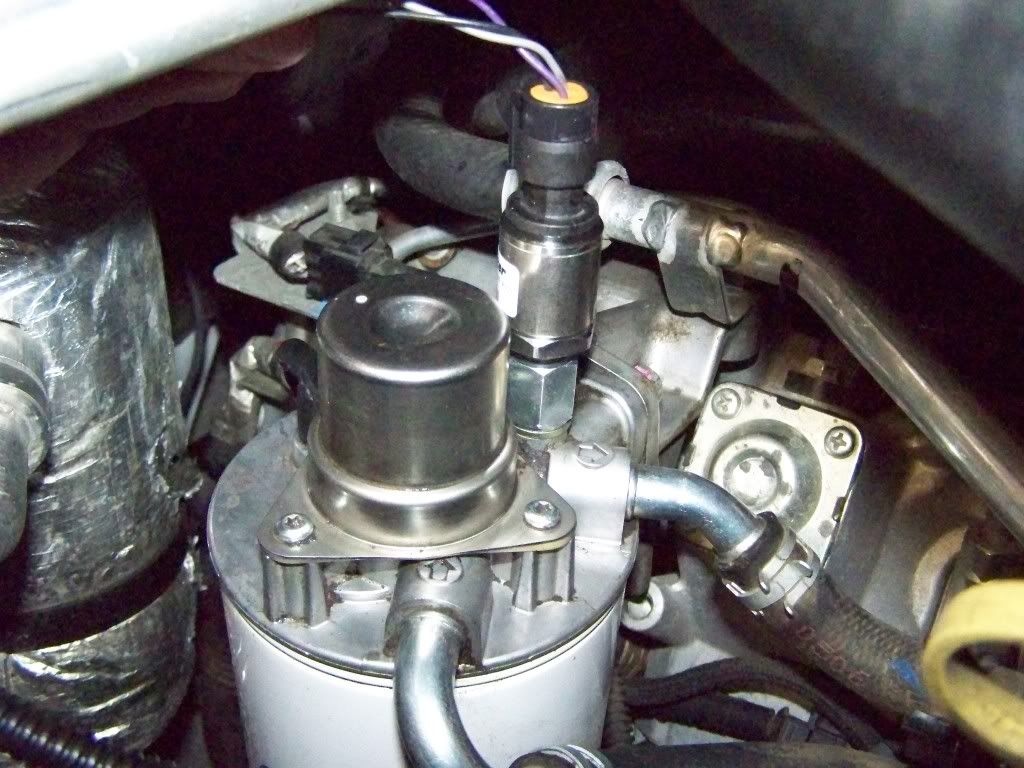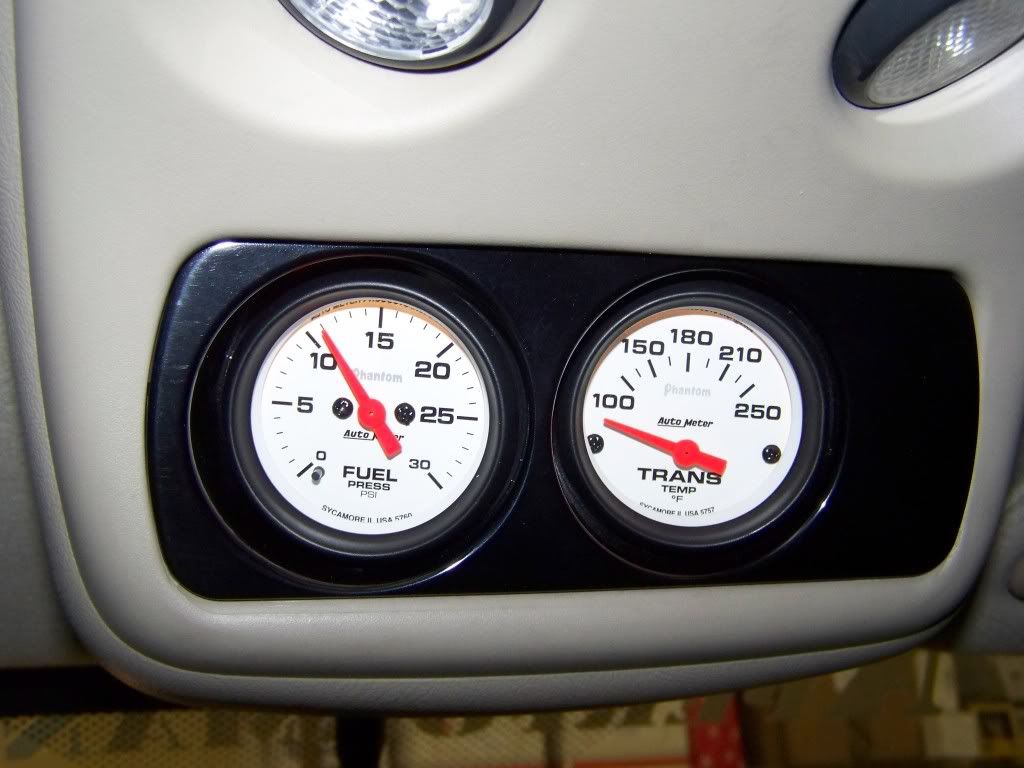Tim, did you ever get to data log it to see what your desired vs. actual fuel rail pressure looks like when the 0087 happens? I had my truck throwing the code when it was tuned with out a lift pump and the logs showed that it was the FPRV popping. We logged it at a tractor pull and desired stayed at 26,000 psi actual went from 26,000 and dropped instantly to 14,000 about half way through the pull, it stayed there for about a second then it started to build back up to 26,000 psi again.
When you did the bottle test did you get the truck to throw the 0087 code?
When you did the bottle test did you get the truck to throw the 0087 code?



